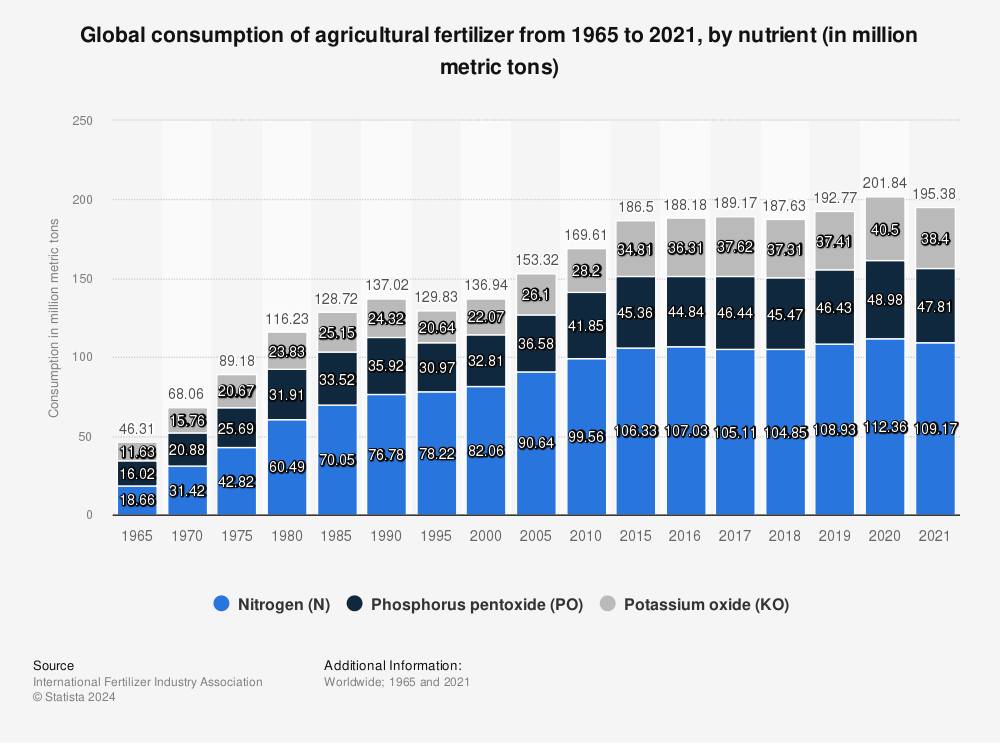“It absorbs and fixes carbon dioxide through the process of photosynthesis.”Biotechnology that turns air into a resource””
Keisuke Go, CEO of Symbiobe, a Kyoto University-launched venture, says:
The company is a startup that was just founded in January 2021 based on the research seeds of Professor Keiji Numata of the Graduate School of Engineering, Kyoto University. By the middle of the 2020s, we aim to realize a commercial plant that “fixes” carbon dioxide and nitrogen in the atmosphere using “photosynthetic bacteria,” which we are researching and developing.
On August 26, it announced that it had raised approximately 200 million yen in funding from Beyond Next Ventures and Kyoto University Innovation Capital.
With this funding, the company plans to proceed with the development of technology for mass culturing the “photosynthetic bacteria” that is the core of the company, the development of materials based on the raw materials produced, and the strengthening of the organizational structure.
Absorbing carbon dioxide is also a business

Global warming, which is currently plaguing the world, has progressed as a result of human beings digging up fossil fuels from the ground and consuming them. Currently, various measures are being taken, but there is no easy way to reduce carbon dioxide once released into the atmosphere from the ground.
At Symbiobe, we aim to produce various substances by mass-cultivating photosynthetic bacteria (marine red photosynthetic bacteria: hereinafter referred to as photosynthetic bacteria) discovered through Professor Numata’s research.
Photosynthesis is generally known as a reaction that utilizes the energy of light to produce organic compounds that serve as nutrients for plants from carbon dioxide and water.
Symbiobe utilizes this reaction toAbsorption of carbon dioxide by large-scale cultured photosynthetic bacteria itself is a businessIn addition, we are proceeding with research and development with a view to utilizing industrially applicable substances (biopolymers) produced there as products such as biodegradable plastics.
Let’s aim for sustainable manufacturing while curbing global warming(Note that photosynthesis by photosynthetic bacteria does not generate oxygen.)
In addition, photosynthetic bacteria, which Symbiobe is paying attention to, have the ability to produce substances not only from carbon dioxide but also from “nitrogen” in the atmosphere.
This is actually a big advantage.
By 2050, it is estimated that the world population will reach nearly 10 billion.
“As the population continues to grow, we have to increase food production to support it. Nitrogen is used as fertilizer in agriculture. The nitrogen fertilizers we use can no longer be covered by naturally occurring fertilizers.” (Representative)
The graph above shows trends in fertilizer consumption by component in the world.
Human beings have solved the situation of lack of natural fertilizer with the power of chemistry. The Haber-Bosch method, also known as the method of making bread from water, coal, and air.

After Keisuke representative of Symbiobe.
The Haber-Bosch process has been known for nearly 100 years as a method of producing ammonia, a raw material for chemical fertilizers. Chemical reactions are so important to humankind that they appear in chemistry textbooks.
However, the prerequisite for this reaction is”High temperature and high pressure” environment. A large amount of energy is required to make fertilizer by chemical synthesis.
In other words, if we continue to produce fertilizers in the conventional way to cover future food demand, we may end up in a vicious cycle that accelerates global warming.
That is why Symbiobe is paying attention to the possibility of photosynthetic bacteria that can fix nitrogen as a substance even at normal temperature and pressure in a natural environment. If we can produce raw materials for fertilizers using the air, light, and seawater that are abundant around us, we can help solve the world’s food crisis in a sustainable way.
Symbiobe is also conducting research and development to make it possible to produce proteins (made up of multiple amino acids containing nitrogen) by taking advantage of its ability to fix nitrogen.
If the protein can be produced, it can be used not only as a sample of fish, but also for the production of protein fibers.
In fact, in joint research with Spiber, which is known for manufacturing “artificial spider silk,” it is said that they have succeeded in creating photosynthetic bacteria that synthesize “spider silk silk protein” by utilizing genetic recombination technology.
Discomfort toward mass consumption and mass waste society

A test plant built on the Katsura Campus of Kyoto University.
Symbiobe’s founding is based on a sense of incongruity with the mass production and consumption society.
The development of the oil industry has certainly made our lives richer.But someday”Mass production, mass consumption, and even mass disposal have become the norm.”(later representative).
That’s why we want to realize sustainable manufacturing by utilizing photosynthetic bacteria that can recycle carbon dioxide and nitrogen in the atmosphere, says Go.
However, at the present time, cultivation has only been realized in small-scale lab-level facilities. The company plans to proceed with research and development for large-scale cultivation of photosynthetic bacteria in the future.
“Until now, the culture equipment we have been using in our lab is about 10 liters at most. We built a demonstration plant for continuous culture with artificial light.”
In the future, we will proceed with the development of large-scale cultivation technology and the quantification of the amount of carbon dioxide absorption, etc., and we will operate a commercialized pilot plant that can cultivate photosynthetic bacteria that can fix greenhouse gases, targeting the mid-2020s. We are planning to let them do it,” said the second representative.
(Text by Takashi Mitsumura)
Advertisements
Source: BusinessInsider
David Ortiz is an opinionated and well-versed author, known for his thought-provoking and persuasive writing on various matters. He currently works as a writer at 24 news breaker, where he shares his insight and perspective on today’s most pressing issues. David’s unique voice and writing style make his articles a must-read for those seeking a different point of view.

